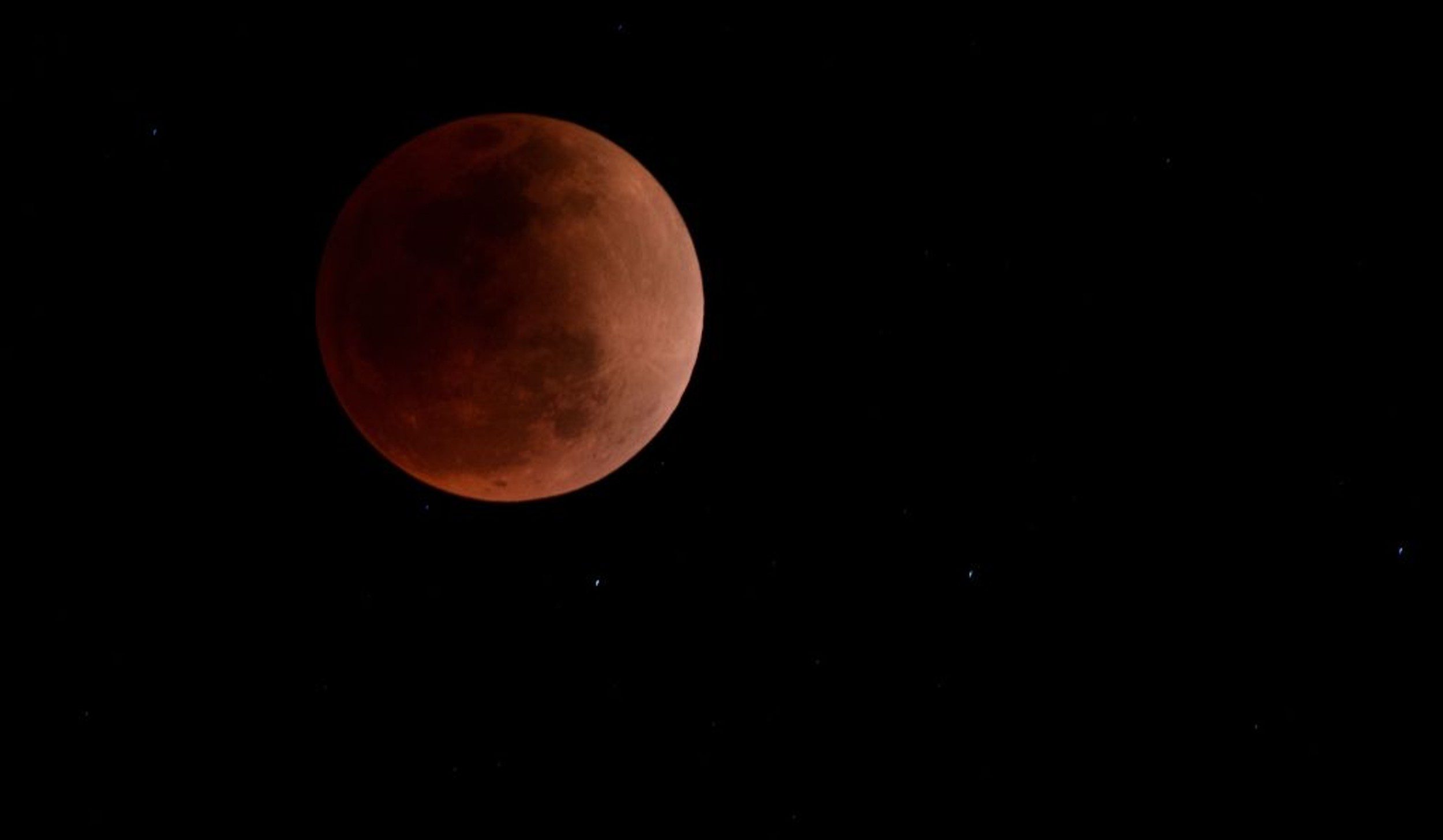Check out this guide on lunar eclipses 1:43
(CNN Spanish) --
This Tuesday morning, for the second time this year, millions of lucky people will be able to see the total eclipse of the "blood moon."
If this is your case, do not miss it: this event will not be repeated until 2025, according to NASA.
The eclipse will take place on November 8 and will be visible, at least in part, from North America, the Pacific, Australia and East Asia.
In North America a partial eclipse will begin at 02:09 am Miami time and will be a total eclipse by 03:16 am The total eclipse will end around 04:42 am, always Miami time, and then return to an eclipse phase partial until 05:49 am
The visibility will not be the same from all over the United States: those who live in the east will not be able to see much of the last phase of the partial eclipse because by then the Moon is going to set.
Unlike with solar eclipses, you do not need to wear any protection to view the eclipse.
It is a good idea to have binoculars or a telescope on hand, if you have access, as it will allow you to better enjoy the unusual event.
This is how the "blood moon" was seen during a total lunar eclipse in Canta, east of Lima, on May 15, 2022. (Credit: Ernesto Benavides/ AFP/ Getty Images)
The last time such a lunar eclipse was recorded was in May of this year, and it was visible from Europe, Africa, South America, and North America.
advertising
How do these total lunar eclipses occur and why is there a "blood moon"?
Total lunar eclipses occur when the Earth casts a complete shadow on the Moon, which the space agency says occurs once every 1.5 years on average.
In these cases, the Moon and the Sun are on opposite sides of the Earth.
One of the common questions, according to the agency, is why they don't happen every month since the Moon completes an orbit around the planet every 27 days.
"The reason is that the Moon's orbit around Earth is tilted relative to Earth's orbit around the Sun, so the Moon often passes above or below Earth's shadow. Eclipses Lunar orbits are only possible when the orbits are aligned so that the Moon is directly behind the Earth relative to the Sun," he explains.
As the total eclipse occurs, the Moon takes on a reddish hue due to the "refraction, filtering and scattering of light by the Earth's atmosphere," says NASA.
Scattering is the same phenomenon that occurs at sunrises and sunsets.
What happens is that sunlight collides with the gases of the Earth's atmosphere and there the blue light is filtered, because it has a shorter wavelength, but the red light is not scattered because its wavelength is longer.
"Some of that red light is refracted as it passes through the Earth's atmosphere and ends up shining on the Moon (...). The degree of redness of a totally eclipsed Moon can be influenced by atmospheric conditions resulting from volcanic eruptions, fires and thunderstorms. dust," says the agency.
"Blood Moon": how is it created?
Lunar EclipseBlood Moon

